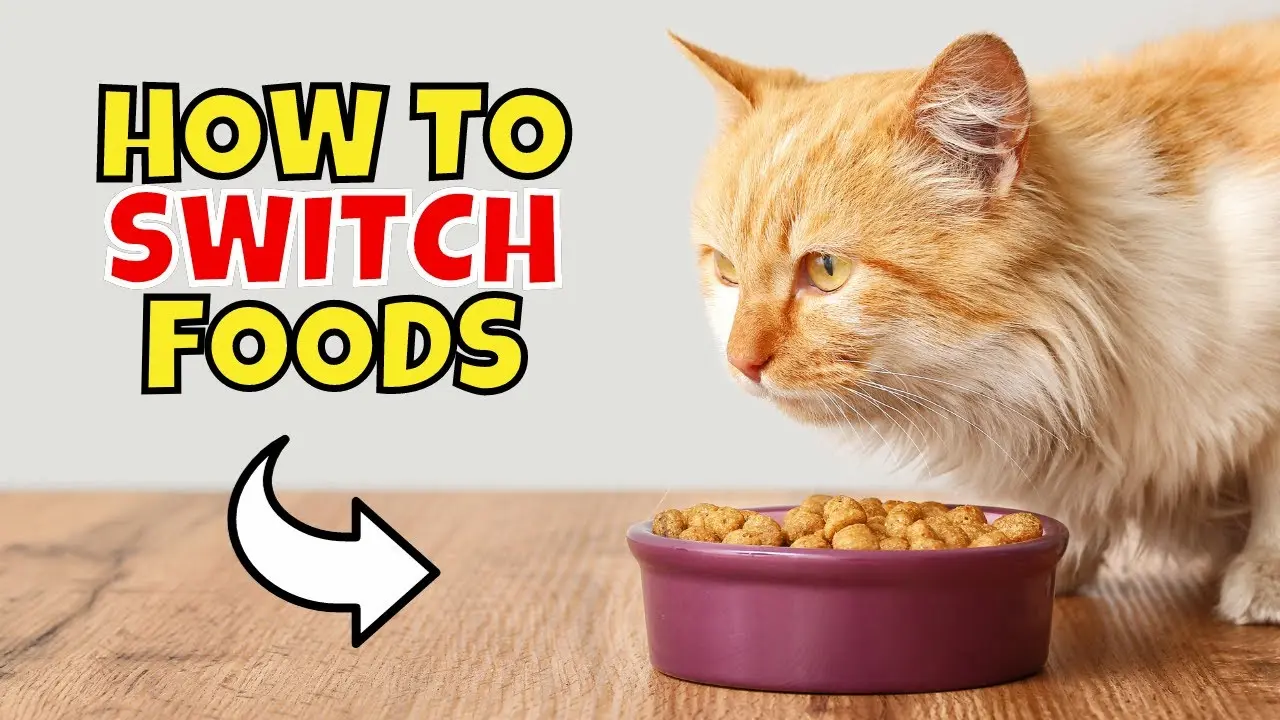5 Ways To Switch Cat To a New Diet!
Switching your
This helps your
Keep an eye on their behavior, energy levels, and stool consistency to catch any issues early.
Treats can also play an important role in reinforcing positive eating habits.
For tailored advice and recommendations, consulting your vet is always a wise step.
Gradual Transition
Switching your
Cats have sensitive stomachs, and sudden changes can lead to vomiting, diarrhea, or a refusal to eat.
Gradually switching helps your
Start by introducing the new diet slowly.
You should take at least a week, but sometimes up to two weeks, depending on your
Start with a small amount of the new food, around 10% of the total meal.
Mix it with 90% of the old food.
Observe your
Throughout this change, pay close attention to your
If you notice any signs of digestive upset, like loose stools or vomiting, slow down the adjustment process. It’s important to be patient and allow your
This gradual approach can help ensure a successful switch to the new diet.
Mix Old and New
Start by gradually mixing a small portion of the new food with your
Over the next few days, observe how your
By slowly increasing the new food, you help your
Take note of any changes in your
Monitor Health
Keep a close eye on your
Cats can be sensitive to dietary changes, so it’s important to notice any signs of discomfort or distress.
Look for symptoms like vomiting, diarrhea, or excessive lethargy, which may indicate that the new diet isn’t agreeing with your
Regularly check your
Drastic weight changes can signal that the new food mightn’t be meeting their nutritional needs.
Monitor their coat and skin condition as well; a healthy diet should result in a shiny coat and healthy skin. Dull fur or excessive shedding might be red flags that warrant a closer look.
Stay in touch with your veterinarian during this shift. Regular check-ups can help catch any potential issues early. Discuss any concerns or unusual behaviors you observe with your vet.
They can provide professional advice and may suggest adjustments to the diet if necessary.
Your vigilance during this period is key to ensuring your
Use Treats Wisely
When introducing a new diet, use treats wisely to reinforce positive behaviors and guarantee a smooth switch.
Treats can make the change less stressful for your
Start by offering a small treat right after they eat the new food. This immediate reward links the new diet to a positive outcome, making your
Choose healthy treats that complement the new diet, ensuring they don’t interfere with the overall nutritional balance. Be consistent with your timing and the type of treats you use.
This consistency helps your
If your
It’s important to avoid overfeeding treats, as this could lead to weight gain or nutritional imbalance. Use treats sparingly, focusing on quality over quantity.
Consult Your Vet
Always consult your vet before making any changes to your
Cats have unique dietary requirements, and sudden changes can sometimes lead to digestive problems or exacerbate existing health conditions.
When you talk to your vet, bring up any concerns you have about your
Maybe your
Your vet can perform necessary tests, if needed, to determine what might be causing these issues and suggest the best dietary adjustments.
Your vet might also recommend certain brands or types of food that suit your
This way, you can minimize stress and ensure your
Involving your vet in the process gives you peace of mind and helps maintain your
Trust their expertise to guide you through this important change.
Conclusion
By gradually shifting your
Use treats wisely to reinforce good behavior and consider consulting your vet for personalized advice.
These steps help maintain your
Remember, patience and careful observation are key to a successful adjustment, keeping your kitty companion happy and healthy throughout the process.






